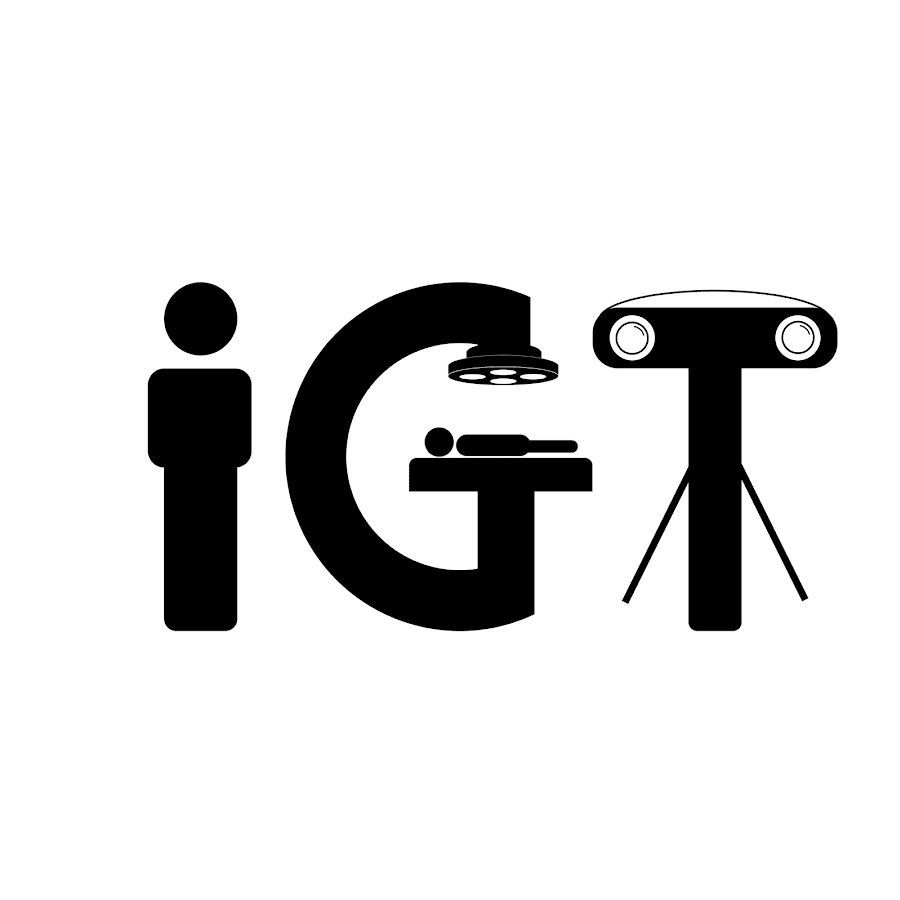The XLI edition of Congreso Anual de la Sociedad Española de Ingeniería Biomédica (CASEIB) was celebrated in Cartagena, Murcia, Spain, on November 22-24, 2023.
Lucía Cubero and Alicia Pose presented some of our last works. Some details below:
- Automatic calculation of pelvis morphology from CT images
Paula Guijarro Martínez, Daniel Sánchez García, Lucía Cubero, Juan de León-Luis y Javier Pascau
Pelvimetry is the study of the pelvis morphology in women for labor planning and medical assessment. This
can be achievedbby manually annotating pelvic CT images for extracting several measures of interest, which
can be both time-consuming and subjective. While machine learning has achieved significant success in 2D
landmarking applications, results in pelvic CT images are still limited, particularly with small datasets. This
paper presents a two-step approach for de-tecting 3D landmarks in pelvic CT images. First, a simple CNN
coarsely estimates landmark locations, serving as a starting point for further refinement. Then, higher
resolution 3D patches and independent neural networks are used to obtain the final position for each
landmark. Our model has shown promising results, obtaining an average distance error of 6.71 mm across
7 landmarks. These values allowed the calculation of the morphological measurements, demonstrating a
strong correlation with the manual values. The proposed model has shown promising results, offering
efficient and accurate predictions of the anatomical landmarks in CT examinations. - Aprendizaje auto-supervisado para mejorar el diagnóstico del síndrome de Sjögren con ultrasonografía
Fernando Herrero Quevedo, Lucía Cubero, Otto Olivas-Vergara, Esperanza Naredo Sánchez y Javier Pascau
La distinción precisa entre glándulas salivales saludables y aquellas afectadas por el síndrome de Sjögren (SS) en imágenes por ultrasonido es compleja. Esto resulta en un sub-diagnóstico y diagnóstico erróneo significativo del SS, afectando severamente la calidad de vida de los pacientes y conduciendo a graves complicaciones clínicas. Los modelos de aprendizaje profundo han mostrado resultados prometedores en el diagnóstico de SS, pero se ven limitados por la gran cantidad de datos anotados manualmente que requieren. Este artículo investiga enfoques alternativos para entrenar dichos modelos con cantidades limitadas de datos anotados, centrándose específicamente en el aprendizaje por transferencia y el aprendizaje auto-supervisado. El estudio explora la efectividad del modelo Bootstrap Your Own Latnent (BYOL) y demuestra su superioridad sobre los métodos de aprendizaje por transferencia en una base de datos multicéntrica de 305
imágenes de ultrasonido. Además, esta investigación proporciona valiosas perspectivas sobre la selección de modelos y estrategias de entrenamiento de modelos de aprendizaje profundo para mejorar la clasificación de glándulas salivales de acuerdo con la escala consensual Outcome Measures in Rheumatology (OMERACT). - Augmented reality simulator for laparoscopic surgery on a realistic phantom
Verónica López González, Alicia Pose Díez de La Lastra, Juan de León-Luis y Javier Pascau
In recent years, emulation-based environments have become increasingly important in medical education. This progress is particularly beneficial for skills acquisition regarding minimally invasive surgery (MIS). In this work, we present a novel augmented reality (AR) simulator based on a 3D printed realistic phantom for
laparoscopic surgery training in gynecology. Our approach was designed to facilitate anatomical referencing skills acquisition through detailed visualization and feedback. The system was validated in an evaluation session at Hospital General Universitario Gregorio Marañón (HGUGM). A total of 8 healthcare professionals assessed the laparoscopic simulator prototype. They also fulfilled a questionnaire on aspects such as the quality of the system as training tool in MIS, potential inclusion in students’curricula, realism and intuitiveness and their interest in additional practice. They assessed the simulator with very positive feedback. These results, combined with the low cost of the system, support its use as a self-training tool on human laparoscopic anatomy.
Here are some pics of the trip 😀





